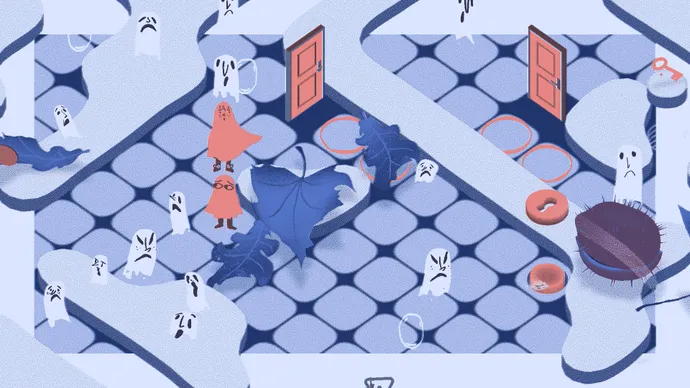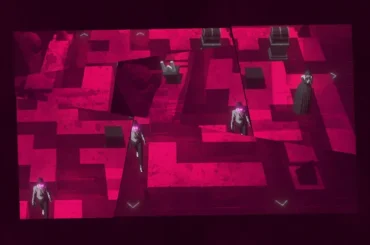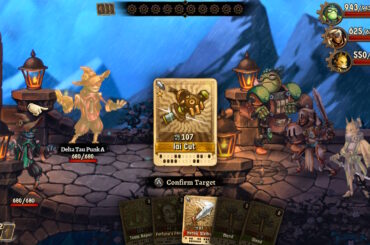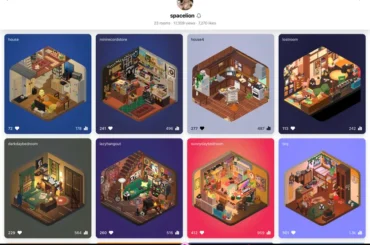A heartwarming puzzle adventure about a group of ghosts discovering their pasts and helping each other find peace on the other side.
Developer: Florian Veltman, Baptiste Portefaix
Publisher: ARTE France
Release Date: November 3rd, 2022
Platforms: Windows
Available On: Steam
Price: £10 / $12 / €12
How To Say Goodbye opens with a serene depiction of death. In a hospital room, a person peacefully passes away, surrounded by loved ones who begin to share stories and reminisce. While death can be distressing, the game approaches the topic with gentleness and sensitivity, offering a cozy experience that feels like a children’s pop-up book about grief.
Developers Florian Veltman and Baptiste Portefaix have crafted a game that is more than just a two-and-a-half-hour grief counseling session; it’s humorous, quirky, and surprisingly uplifting. The story follows a group of ghosts trapped in a liminal space between life and death, each seeking a way to cross over. Complicating matters is a Wizard who serves as a somewhat antagonistic figure, trying to thwart their progress.
The gameplay centers around solving puzzles that require moving your ghostly companions from one area to another. Players navigate a grid system by clicking and dragging tiles to create paths, collecting keys and activating buttons to unlock doors. The puzzles themselves are light and breezy, designed to be approachable. However, the controls can be finicky; navigating the grid may feel clunky, particularly during more complex puzzles. The key is to adopt a slow and steady approach rather than rushing through.
This grid mechanic beautifully intertwines with the story. You’re not directly controlling the characters; instead, you manipulate their environment to facilitate their journey. In moments of character vulnerability, players quietly guide them forward, reflecting a sweet sentiment of helping them move on.

As you traverse How To Say Goodbye’s peaceful limbo, you’ll encounter various ghostly companions, each with unique perspectives on their current state. The ghosts, depicted as classic white-sheet figures with distinct facial features, are charmingly relatable. Engaging in conversations reveals their thoughts on life, loss, and their hopes for the afterlife. The narrative remains light-hearted, even as it touches on deeper themes; the most somber aspect is that ghosts who lose the will to move on transform into moaning phantoms, adding a layer of urgency to the quest for peace.
The environments are delightfully unexpected, featuring vibrant settings such as a snow-covered forest, a busy airport with moving conveyor belts, a quirky laboratory, and even the eerily beautiful surface of the moon. The game employs a mix of 2D characters within 3D environments, creating an engaging interplay. One particularly memorable level involves the ghosts navigating a kitchen countertop, offering a whimsical perspective on mundane objects.
A standout feature is the sound design, which elevates the experience. Ambient sounds, like the bubbling of a pot or the clatter of macaroni, enhance the cozy atmosphere, inviting players to linger in each environment.
How To Say Goodbye resonates differently with each player, reflecting the diverse ways we experience loss. Personally, I found myself drawn to the small joys of life—the perfect conker, the ambiance of an airport waiting area, or simply chatting about hobbies with others. The ghosts’ struggles with their newfound reality evoke a sense of nostalgia for these little moments.
The game doesn’t aim to make sweeping statements about life and death. Instead, it offers a comforting reminder that grief is a shared experience, one that everyone navigates in their own way. How To Say Goodbye is a short, cozy journey that encapsulates the complexity of loss, leaving players with a heartfelt understanding of what it means to say goodbye.




